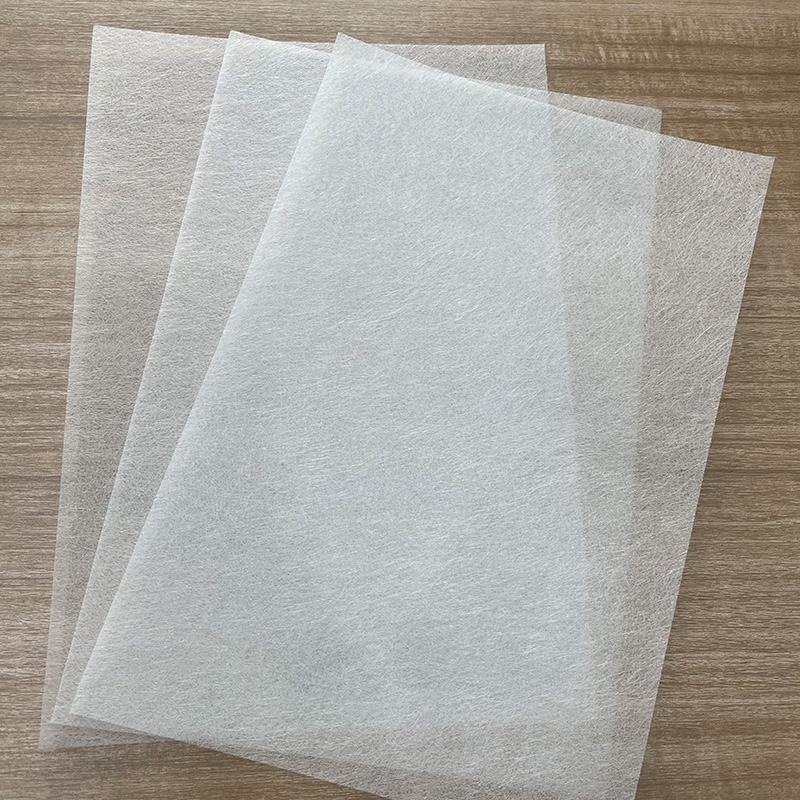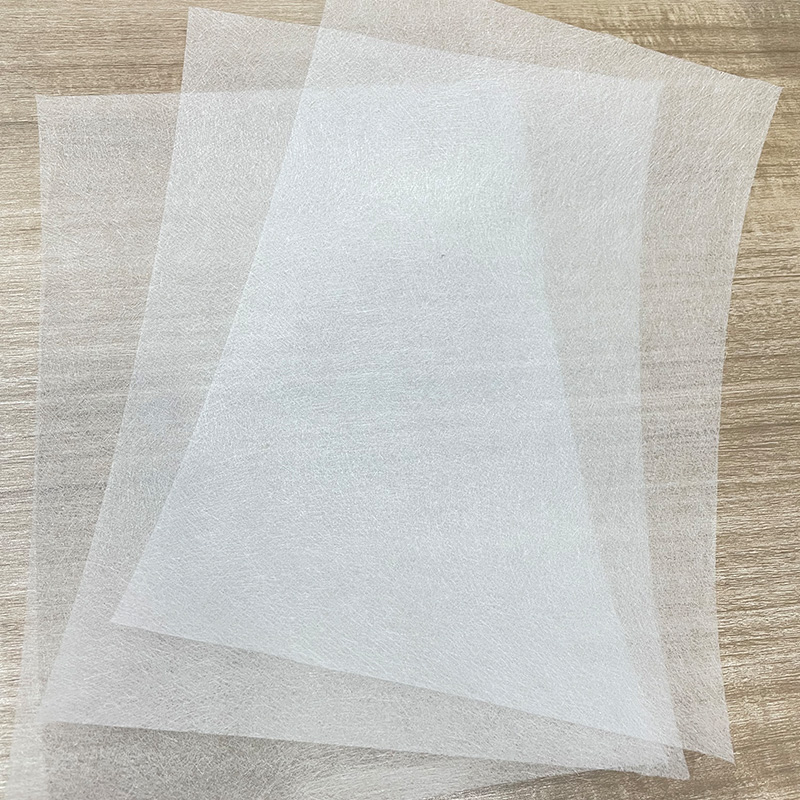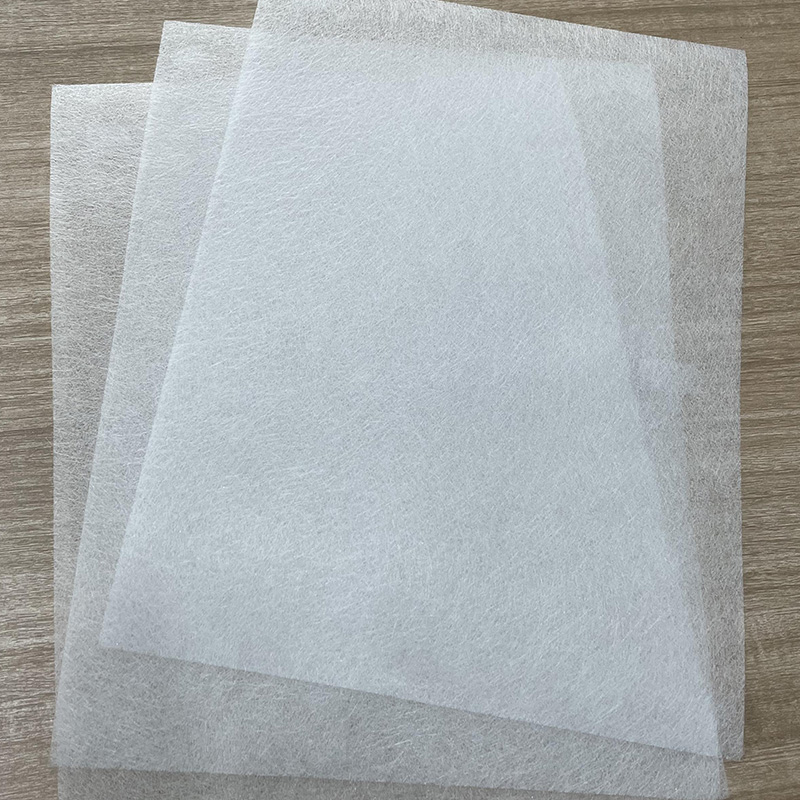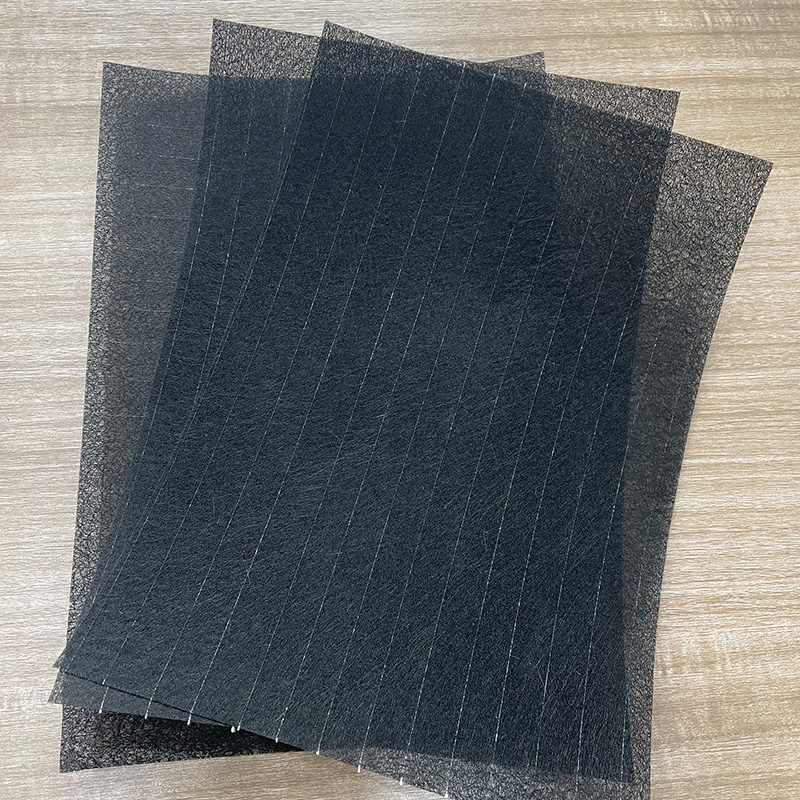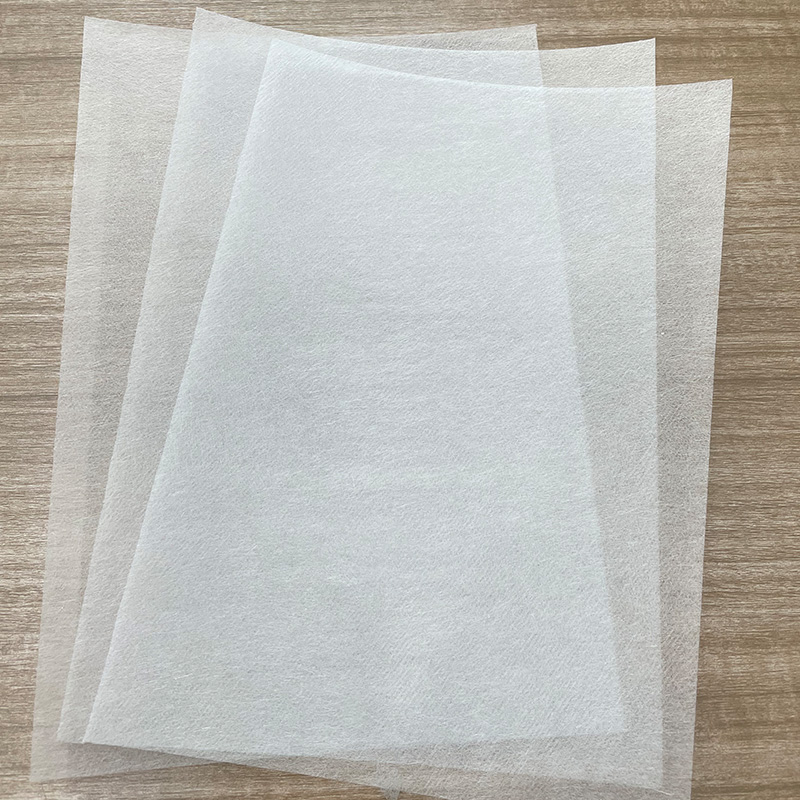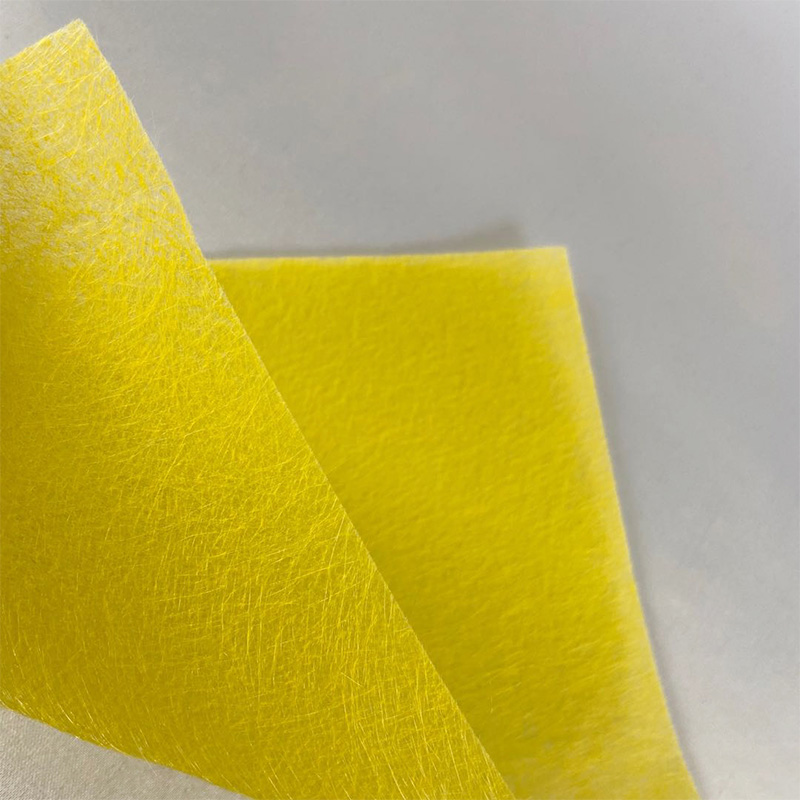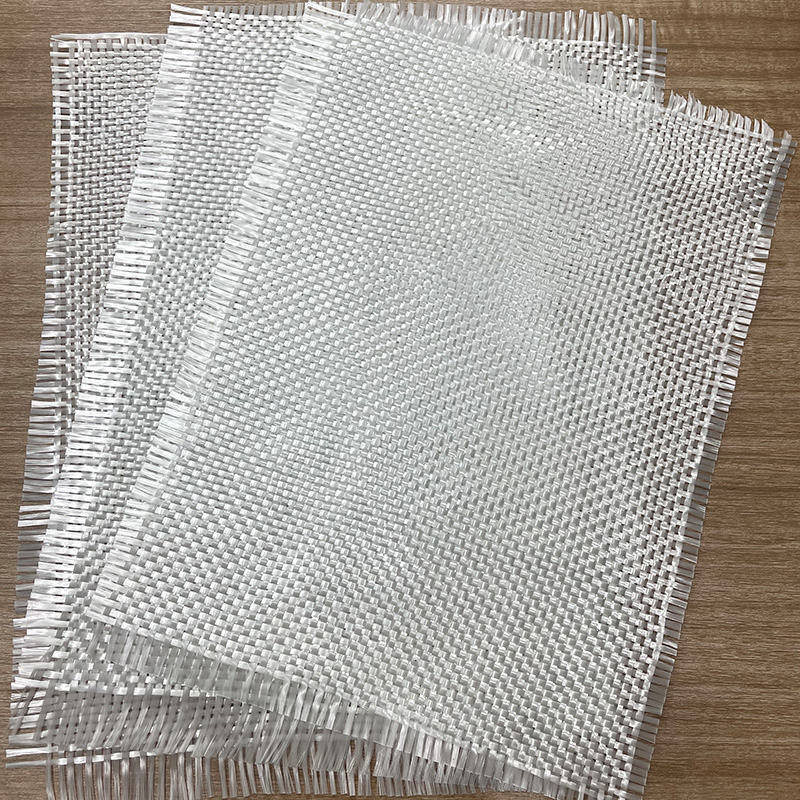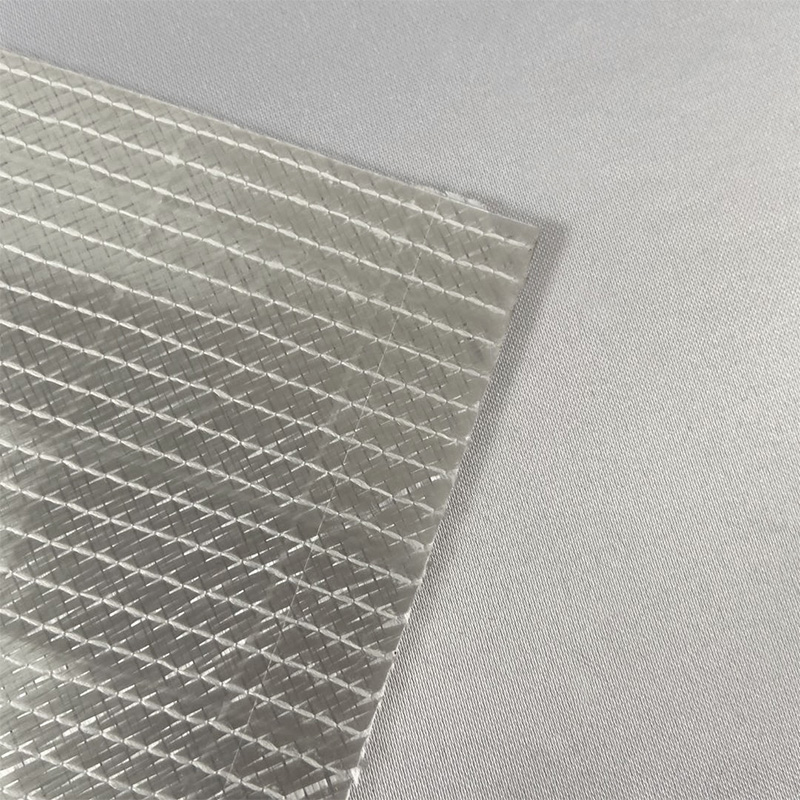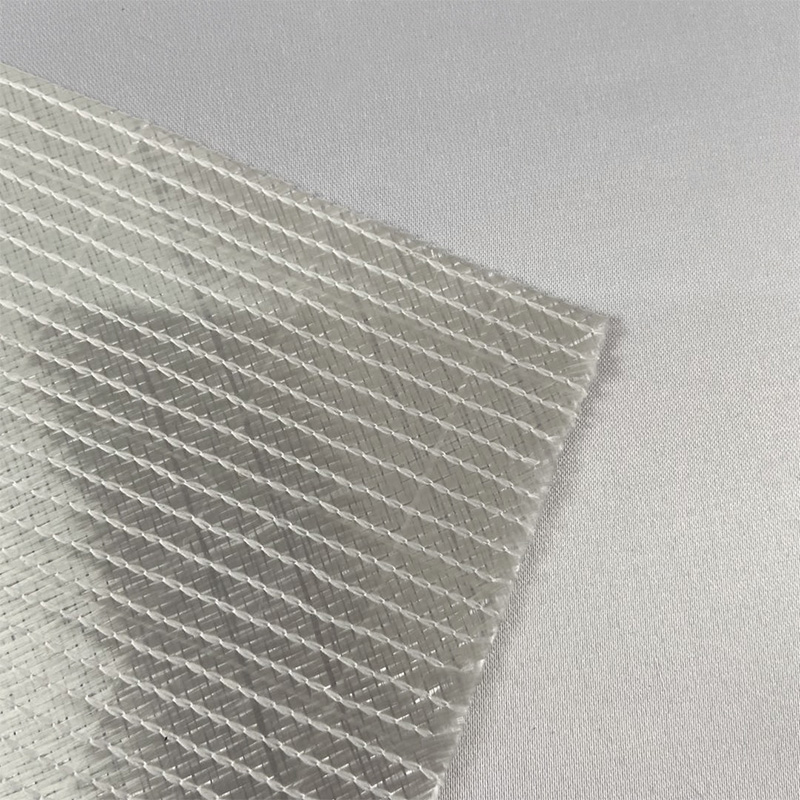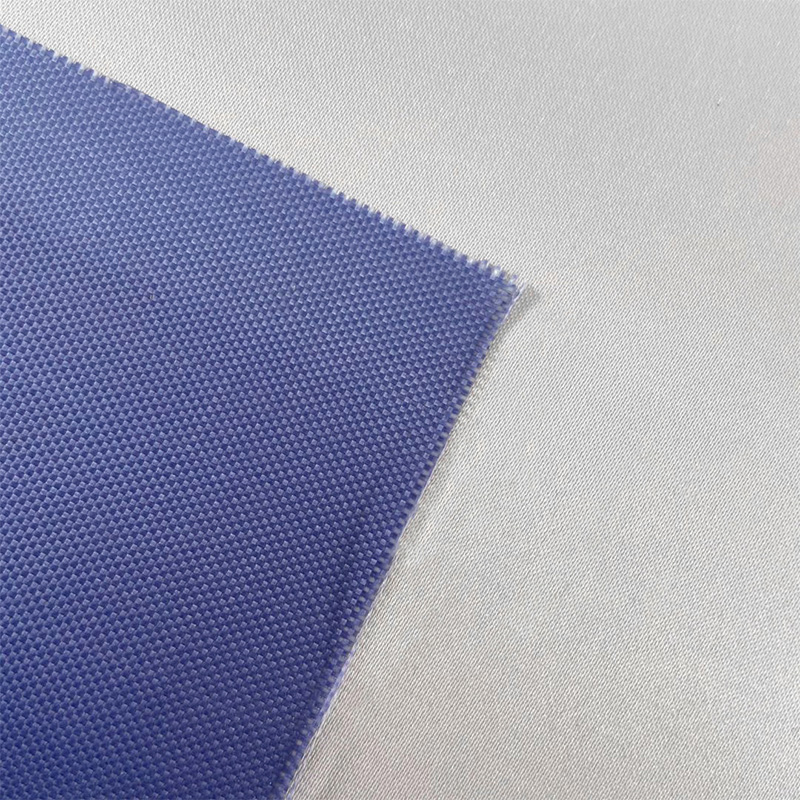In the wave of modern industrial manufacturing, carbon fiber has gradually moved beyond its exclusive use in high-tech fields to broader applications. Among them, carbon fiber chopped strands, as a crucial basic reinforcing material, play an indispensable role. They are produced by cutting continuous carbon fiber filaments through specific processes, typically with lengths ranging from a few millimeters to tens of millimeters. With their excellent properties such as high strength, light weight, corrosion resistance, and conductivity, these materials are vital in numerous fields. From lightweight automotive components and structural parts for electronic products to reinforcements in sports equipment and building materials, the application scope of carbon fiber chopped strands is constantly expanding. They provide engineers with new design possibilities, enabling revolutionary improvements in product performance and serving as a key driver of technological progress.
The Secret Behind High Strength: Manufacturing Process of Carbon Fiber Chopped Strands
Producing carbon fiber chopped strands is not simply cutting long filaments into shorter pieces. It is a precise, multi-step chemical and physical process:
- High-Quality Precursor Filaments: The foundation lies in high-grade carbon fiber filaments, usually made from precursors like polyacrylonitrile (PAN) through high-temperature processes such as pre-oxidation and carbonization.
- Surface Treatment: These continuous filaments are bundled and undergo surface treatment to ensure good wettability and adhesion with subsequent matrix materials.
- Precision Chopping: The critical step involves using professional cutting equipment to precisely cut the filaments to the required length. The accuracy of this process directly affects the final product’s performance—consistency in cutting length and fiber dispersibility are key quality indicators.
- Drying and Packaging: The chopped strands are dried and packaged to maintain their excellent performance during transportation and storage.
Every link in the manufacturing process determines the final product’s strength, modulus, and performance in composite materials.
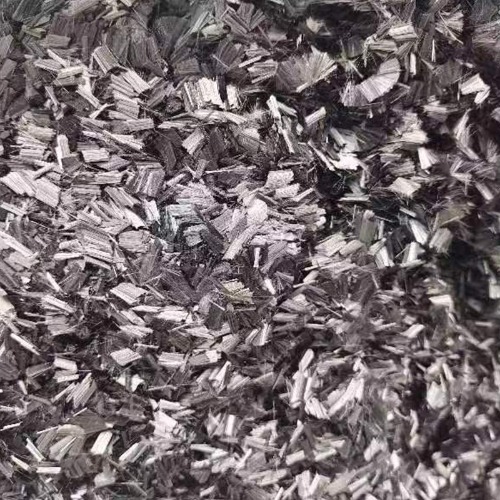
Expanding Application Fields: How to Choose Suitable Chopped Strands?
Selecting carbon fiber chopped strands is like picking the right tool for a specific task. The selection process requires considering multiple factors beyond the fiber material itself:
- Fiber Length: Longer fibers generally offer better reinforcing effects, suitable for components requiring high strength and rigidity; shorter fibers disperse more easily, ideal for thin-walled or complex-shaped injection-molded parts.
- Fiber Diameter: Affects the mechanical properties and surface quality of composites. Thinner fibers typically provide better surface finish, while thicker fibers offer higher strength.
- Surface Treatment: Different surface treatment agents can improve the interfacial bonding between carbon fibers and matrix materials (e.g., thermoplastics, epoxy resins), thereby enhancing the overall performance of composites.
Thus, before procurement, a thorough understanding of one’s application needs and technical communication with suppliers are crucial to ensuring the right material is chosen.
Supplier Selection: More Than Just Price Considerations
In procuring carbon fiber chopped strands, price is undoubtedly a factor, but focusing solely on price often leads to greater risks. A qualified supplier should have strong technical capabilities and stable production capacity, reflected in their ability to provide consistent, high-quality products and offer customized production based on customer needs.
When evaluating suppliers, consider these aspects:
- Production Equipment and Quality Control: Check if they have advanced equipment and quality management systems, and whether they hold relevant international certifications.
- Technical Documentation: Request and analyze product technical data sheets (TDS) and material safety data sheets (MSDS) to ensure compliance with standards and safety.
- Sample Testing: Ask for samples for small-scale testing to verify if performance meets expectations.
A reliable supplier is not just a product provider but a technical partner, offering professional application advice and comprehensive after-sales service to help enterprises solve production challenges.
Future Trends: Innovation and Development of Carbon Fiber Chopped Strands
With technological progress and evolving industrial demands, the future of carbon fiber chopped strands is full of possibilities:
- New Material R&D: Material scientists are developing new carbon fibers with higher strength, lighter weight, or unique properties (e.g., conductivity, thermal conductivity), which will further expand the application boundaries of chopped strands.
- Manufacturing Process Improvements: More precise cutting technologies and efficient surface treatment methods will enhance fiber dispersibility in composites, improving final product performance.
- Sustainability: The rise of sustainable development has prompted the industry to explore carbon fiber recycling and reuse technologies, reducing waste and building a more environmentally friendly industrial chain.
It is foreseeable that future carbon fiber chopped strands will not only be high-performance materials but also a key force driving circular economy and green manufacturing.

 English
English 中文简体
中文简体 русский
русский Español
Español